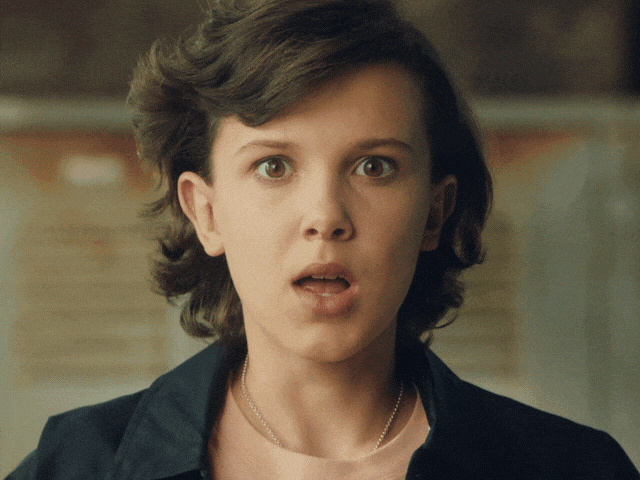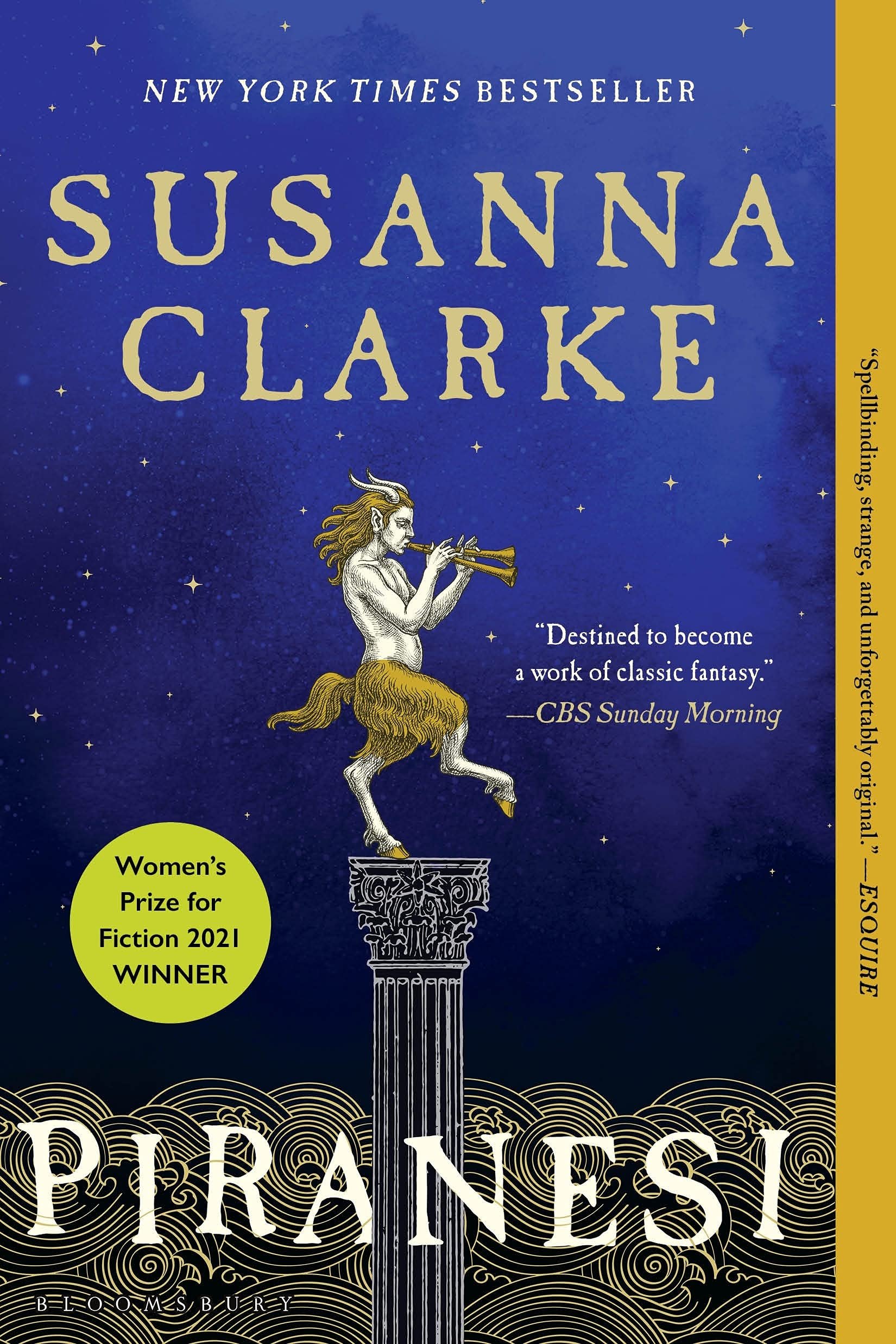A World of Hallways, Statues, and Allusions Where Truth Can Unfold 🏛️
You know when you read a story, and then when you’re done, you realize you’d been holding your breath so you exhale and stare at the wall for the next hour or day or lifetime?
Oh yes.
I felt that way when I finished Susanna Clarke’s 2022 fantasy novel, Piranesi. It’s not a long novel with a very small world and minimal characters. It’s also told in a first-person perspective through a very unreliable narrator.
The quick and dirty—
Piranesi is told from the perspective of the titular character, Piranesi, as he navigates and lives in the House—a place filled with infinite hallways and statues that encircle an imprisoned ocean.
Plus, while Piranesi lives in this seemingly limitless house he is only visited by one other person, the Other. So to pass the time, Piranesi harvests seaweed, keeps the statues company, talks to the birds, and frames constructs like Time and Self and Reason and Scientific Discovery as nouns. (Because his world is small; you get it.)
Okay, that’s … weird, yeah?
But all of this is intentional in the book. It’s made clear in the novel that Piranesi is trapped, although he doesn’t ever come out and admit that.
In fact, there is a lot that Piranesi simply can’t admit, most of which he’s compartmentalized. And this is what I love about this story—how Piranesi has psychologically compartmentalized (and even created a fantasy of) his current situation.
Beware, spoilers ahead (ish)
Hear me out. Piranesi is trapped in a very strange place where it seems like the only other person, the Other, is keeping him there. Piranesi’s personality is compliant, naive, and pretty polite and submissive. So, if Piranesi is intentionally trapped in the House by the Other, does the House actually exist, or is it constructed in Piranesi’s mind as a way for Piranesi to process his very-real situation—that he’s been kidnapped and is being held prisoner, abused and neglected, by someone.
This is what I love.
Fantasy can be used as a medium to tell stories that are just so tough to tell. A story like a kidnapping and subsequent trauma is a brutally hard one to tell. So, what if we take the victim, Piranesi, and put him in his own head, and that’s the world we are introduced to?
I know, my mind is blown too. Plus, the albatross is pretty on-point.
This is what I adore about fantasy. This is why I keep reading and writing and going back to the same themes that I love so much, again and again, only slightly obsessively.
(And this is also why I wrote a whole freaking book about this … because obsessions).
There are a lot of stories that need to be told, that help us understand ourselves and our world, but having the ability to do so in a way that drags us into a mind-constructed world is a story that drills down to why we continue to write and read stories in the first place—because whether we know it or not, they’re all stories about human nature, and what we would all do if we experienced something so unfathomable.
At least, that’s what sells it for me.

